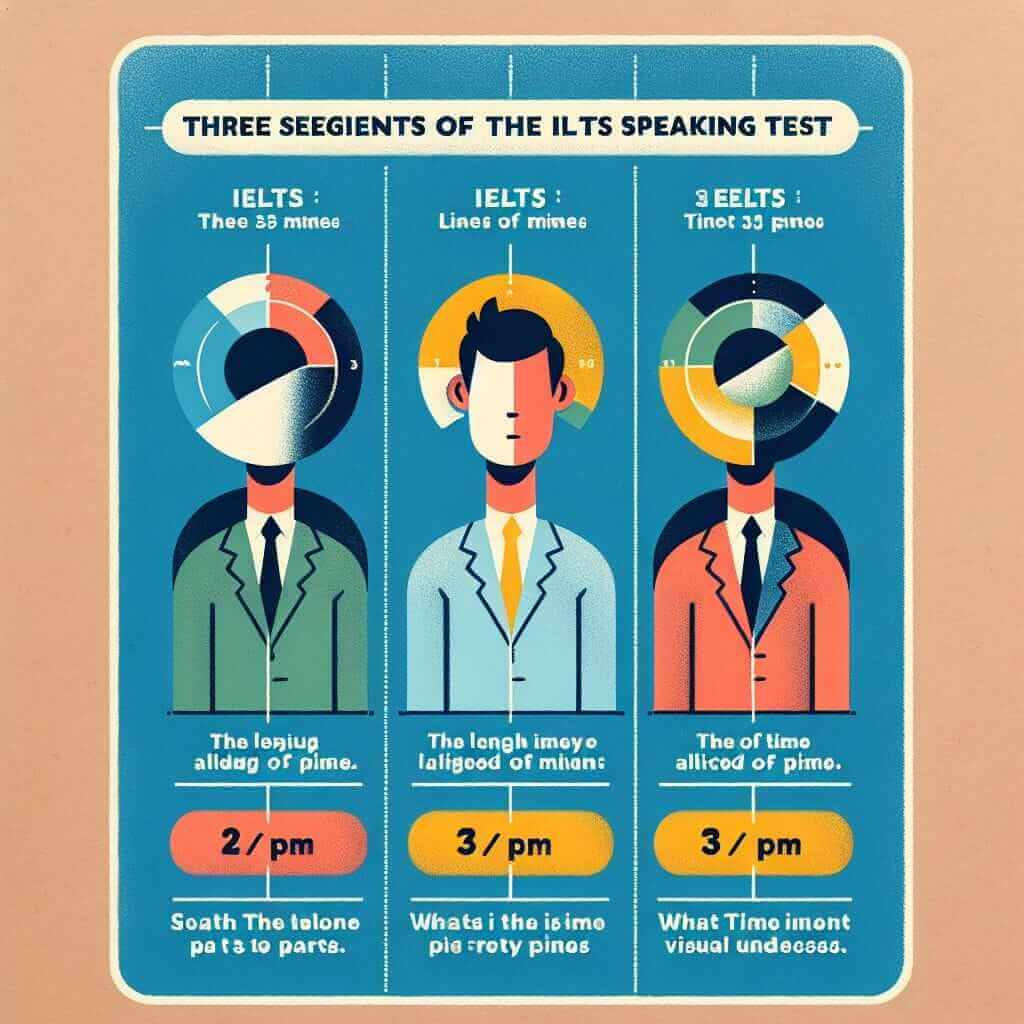First impressions matter, even in the IELTS Speaking test! Your introduction in Part 1 sets the tone for the entire module. A strong, confident start can boost your fluency and put you at ease for the rest of the exam. In my 20 years of experience as an IELTS instructor, I’ve seen countless students dramatically improve their scores with a well-prepared introduction.
Understanding IELTS Speaking Part 1
This section is designed to assess your ability to engage in casual conversation and provide general information about yourself. It typically lasts 4-5 minutes and covers familiar topics like your hometown, hobbies, or work/studies.
Why is the Introduction Important?
While seemingly simple, your introduction allows the examiner to:
- Assess your fluency and pronunciation: A smooth introduction demonstrates your comfort speaking English naturally.
- Gauge your vocabulary and grammar: Use this opportunity to showcase a range of vocabulary and accurate grammar structures.
- Form a first impression: A positive introduction can make you appear more confident and articulate.
Mastering the Art of the Introduction
A common misconception is that you need to deliver a memorized speech. Instead, focus on delivering a natural and engaging response to the examiner’s questions. Here’s a breakdown:
1. Greetings and Identity
Start with a polite greeting and clearly state your name. Avoid using informal slang or shortened versions of your name.
Example:
- “Good morning/afternoon, my name is [Your Full Name].”
2. Where You’re From
Be prepared to share your hometown or current city. Briefly mention something you like about it.
Example:
- “I’m from [City/Country]. It’s a [Adjective] city known for its [Interesting Fact].”
3. Occupation or Studies
If you’re a student, state your field of study and perhaps mention a subject you enjoy. If you’re working, briefly describe your profession.
Example:
- “I’m currently studying [Subject] at [University]. I find [Specific Subject/Area] particularly interesting.”
- “I’m working as a [Profession] at [Company]. It’s a challenging but rewarding role.”
4. Hobbies and Interests
Share 1-2 hobbies or interests that you’re genuinely passionate about.
Example:
- “In my free time, I enjoy [Hobby 1] and [Hobby 2]. It’s a great way to relax and unwind.”
5. Reason for Taking IELTS (Optional)
While not always asked, be prepared to briefly explain your reason for taking the exam.
Example:
- “I’m taking the IELTS exam to [Reason], such as applying to universities abroad or pursuing a global career opportunity.”

Dos and Don’ts:
Do:
- Speak clearly and confidently.
- Maintain eye contact with the examiner.
- Use a variety of vocabulary and grammar structures.
- Keep your answers concise and relevant.
- Practice your introduction beforehand.
Don’t:
- Memorize a script; it will sound unnatural.
- Provide excessively long or irrelevant information.
- Use slang or informal language.
- Appear nervous or hesitant.
Example Introduction:
Examiner: Good morning, could you tell me your full name, please?
Candidate: Good morning, my name is Anya Sharma.
Examiner: And where are you from?
Candidate: I’m from Mumbai, India. It’s a vibrant city with a rich cultural heritage.
Examiner: What do you do?
Candidate: I’m currently studying computer science at the University of Mumbai. I find artificial intelligence particularly fascinating.
Examiner: And what do you enjoy doing in your free time?
Candidate: In my free time, I love reading mystery novels and experimenting with new recipes in the kitchen.
Conclusion
Acing your IELTS Speaking Part 1 introduction is more about demonstrating confidence and clear communication. By following these tips and practicing regularly, you’ll make a strong first impression and set yourself up for success in the rest of the speaking exam. Good luck!